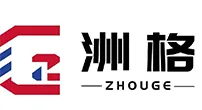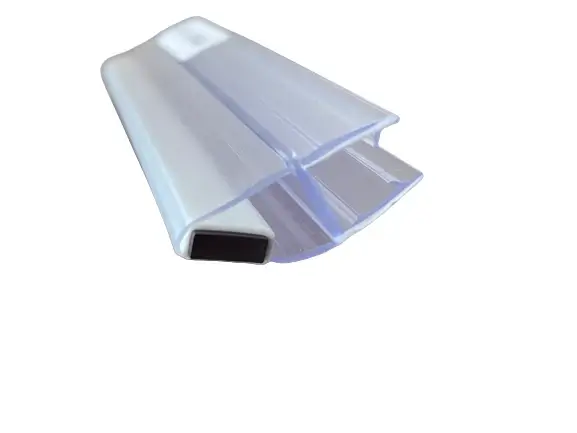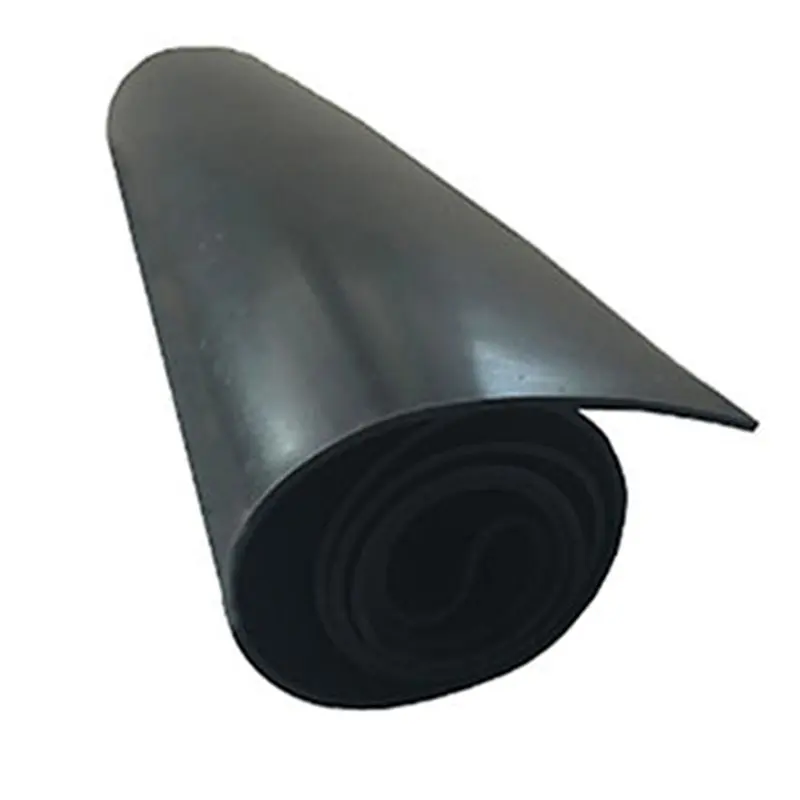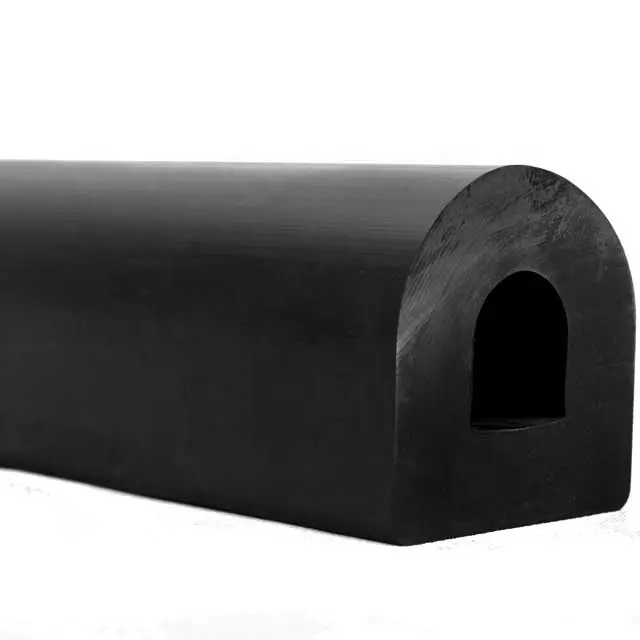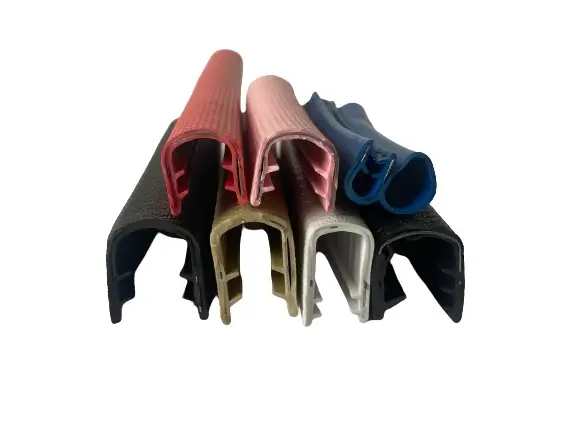Sep . 27, 2024 10:33 Back to list
automotive rubber seal strip
Understanding Automotive Rubber Seal Strips Importance and Applications
Automotive rubber seal strips play a crucial role in the manufacturing and longevity of vehicles. These essential components serve as barriers against water, dust, and noise, enhancing both the functionality and comfort of automobiles. In this article, we will explore what rubber seal strips are, their applications, the materials used in their production, and the advantages they offer to both manufacturers and consumers.
What Are Rubber Seal Strips?
Rubber seal strips are flexible materials used to seal gaps and joints in automotive parts. They are commonly found in doors, windows, trunks, hoods, and various other components within a vehicle. Designed to fill the spaces between stationary and moving parts, these strips prevent air and water from entering the vehicle, ensuring that the interior remains protected from the elements.
Applications in the Automotive Industry
The applications of rubber seal strips in the automotive industry are vast. They are integral to several critical functionalities
1. Weather Resistance Rubber seal strips are primarily designed to keep out rainwater, snow, dust, and debris. They are imperative for ensuring that the vehicle’s interior remains dry and free from contaminants, extending the lifespan of upholstery and electronic components.
2. Noise and Vibration Dampening By sealing gaps, rubber strips help to muffle external noises, improving the overall driving experience. They also reduce vibrations that can occur between moving parts, contributing to a smoother ride.
3. Thermal Insulation Many rubber seal strips serve to provide thermal insulation, maintaining the vehicle’s internal temperature. This is particularly important for enhancing the efficiency of the heating and air conditioning systems.
4. Safety Features The proper installation of rubber seal strips ensures that windows and doors fit tightly. This not only prevents theft and accidents caused by sudden door detachments but also enhances passenger safety.
Materials Used in Rubber Seal Strips
The performance of rubber seal strips largely depends on the materials used in their production. Common materials include
automotive rubber seal strip

- EPDM (Ethylene Propylene Diene Monomer) Known for its excellent weather resistance and durability, EPDM is often used for exterior seals
.- PVC (Polyvinyl Chloride) A cost-effective solution, PVC is versatile and commonly used in a variety of applications, albeit with lower durability compared to rubber.
- Silicone Silicone rubber has high flexibility and is resistant to extreme temperatures, making it suitable for high-performance vehicles.
- Neoprene This material is favored for its resistance to oil and weathering, making it ideal for seals exposed to the elements.
Advantages of Rubber Seal Strips
The advantages of automotive rubber seal strips are numerous and noteworthy
1. Enhanced Vehicle Longevity By preventing the intrusion of moisture and dirt, rubber seal strips contribute to the overall longevity of a car, reducing the likelihood of rust and corrosion.
2. Cost-Effectiveness Though the initial investment may seem considerable, the long-term savings from reduced maintenance and repair costs outweigh the upfront expense. A well-functioning rubber seal strip can prevent costly repairs.
3. Improved Comfort For passengers, the quiet and temperature-controlled cabin is an essential aspect of any vehicle. Rubber seal strips play a significant role in achieving this comfort.
4. Customization Options Manufacturers can create tailor-made rubber seal strips specific to different models and makes, allowing for optimized fit and performance. This enhances the vehicle's overall aesthetic and functionality.
Conclusion
In conclusion, automotive rubber seal strips are indispensable components that contribute significantly to the performance, comfort, and safety of vehicles. By understanding their importance, applications, materials used, and advantages, both manufacturers and consumers can appreciate the critical role these seemingly simple strips play in the automotive industry. As technology advances and automotive designs evolve, the innovation and development of more efficient rubber seal strips will only continue to enhance vehicle quality and consumer satisfaction. As we move forward, the significance of these small yet mighty components will undoubtedly become more pronounced in ensuring vehicles meet modern demands for comfort, efficiency, and durability.
